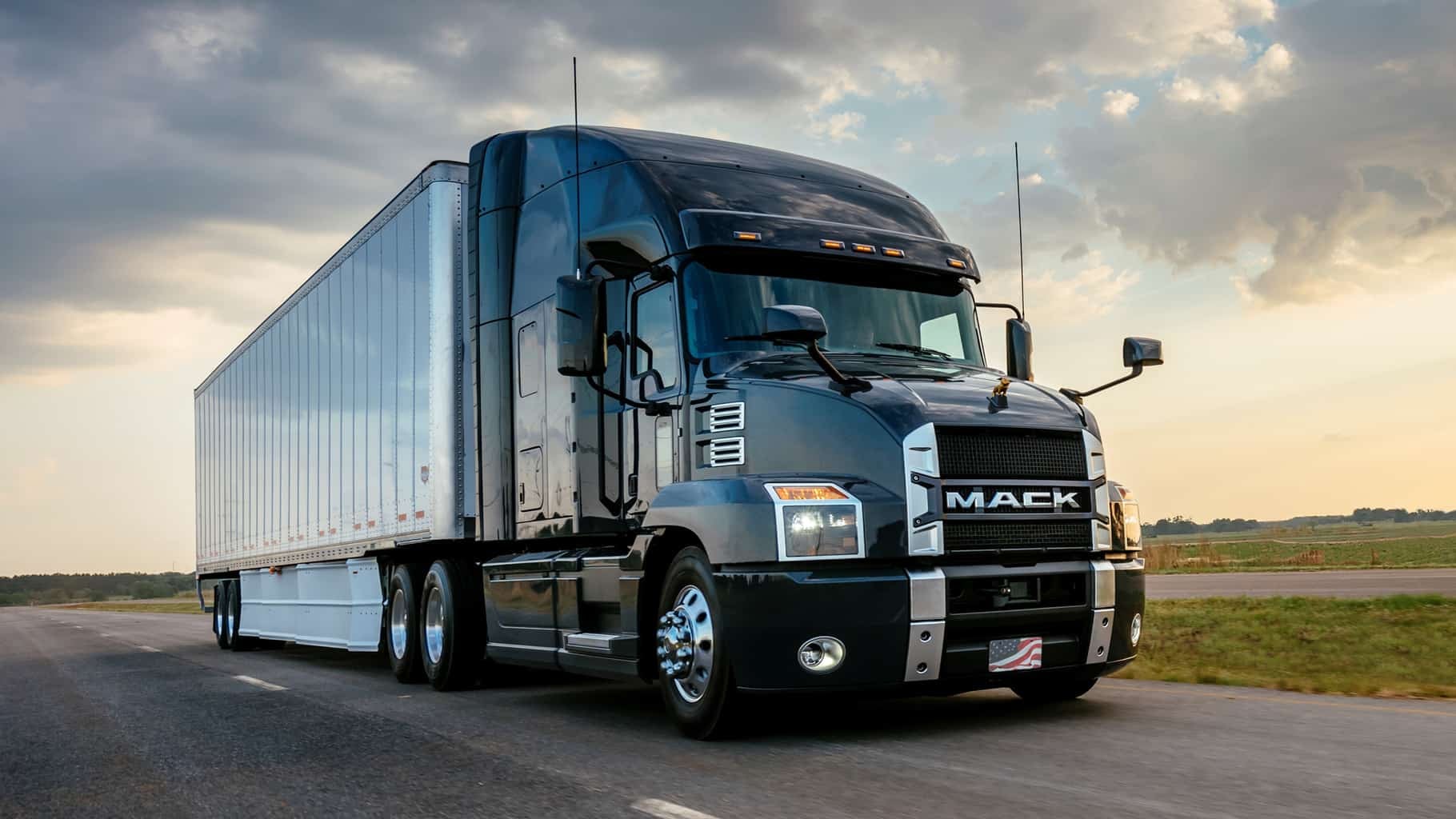PITTSBURGH, May 13, 2019,/PRNewswire/ — “I desired to create a convenient manner to notify industrial truck drivers of surrounding cars and objects. It also facilitates them to live awake and alert, jolting them with a spark where their body weight starts to end up heavier from a too-at-ease state,” stated an inventor from Houston, Texas, “so I invented the SAFE QUI VIVE.” The invention affords a progressed way for a truck motive force to detect automobiles around the outdoor of a massive truck or business van. In doing so, it may assist in preventing injuries. As a result, it enhances protection and visibility and offers delivered peace of mind. The invention features a powerful layout. This is handy and easy to apply, so it is good for trucking corporations and business truck drivers Additionally, it’s miles producible in design versions. The inventor described the invention design. “My layout may want to increase protection for truck drivers while riding, converting lanes, and staying conscious and alert.”

The unique layout changed into submitted to the Houston income workplace of InventHelp. It is presented for licensing or sale to manufacturers or marketers. For greater records, write Dept. 18-HUN-538, InventHelp, 217 Ninth Street, Pittsburgh, PA 15222, or call (412) 288-1300 ext. 1368. Learn more about InventHelp’s Invention Submission Services. At this time, the test was referred to as the Doe test. This initially consisted of an HGV and LGV test. The test is concerned with checking some of the main components of vans and trucks in Ireland. The main portion of the test is the braking and suspension check. The Doe inspection incorporates brake testers that check the braking efficiency of each axle. The suspension system is also checked for wear. This can include items such as track road ends, kingpins, and drag links. Currently, the test is called the VTN test and is administered by the Van testing Network. The current VTN inspection is almost identical to the Doe test, except it is slightly more expansive. The most common VTN test is the Light VTN test for LGVs.
An LGV is a vehicle that can be driven on a normal car license in Ireland. If your vehicle does not have a tachograph, it will only require the LGV test. Another way of checking is by finding the chassis plate of thecare. In Ireland, the chassis plate will show the vehicle’s GVW (gross vehicle weight); if this number is 3,500kgs or less, yourcare requires an LGV test. The HGV test is more complex, broken down into six possible tests. As a rule of thumb, the more axles a truck possesses, the higher the vehicle test cost. This is because of the additional time required to test vehicles with multiple axles. Each axle needs to be tested for brake and suspension wear. Typically, acare fitted with a tachograph will require an HGV test in Ireland.
What is the legislation covering the testing of trucks in Ireland?
Currently, trucks and vans need to be tested on an annual basis. Upon completing a test, the vehicle is issued a pass certificate. This pass certificate is required to be presented when taxing your commercial vehicle. Without this certificate, you cannot get your commercial vehicle taxed. What happens if my vehicle does not pass the Doe / Vtn Test? Commonly, cars need to undergo repair before being issued a pass certificate. If your vehicle requires attention, you have 21 days to get the work carried out with a maximum permissible distance traveled of 4,000km. If you are outside of these thresholds, you must get a full test again. The retest fee is charged only if pit equipment is required to do the retest. The retest fee is 50% of the full cost of a test.

